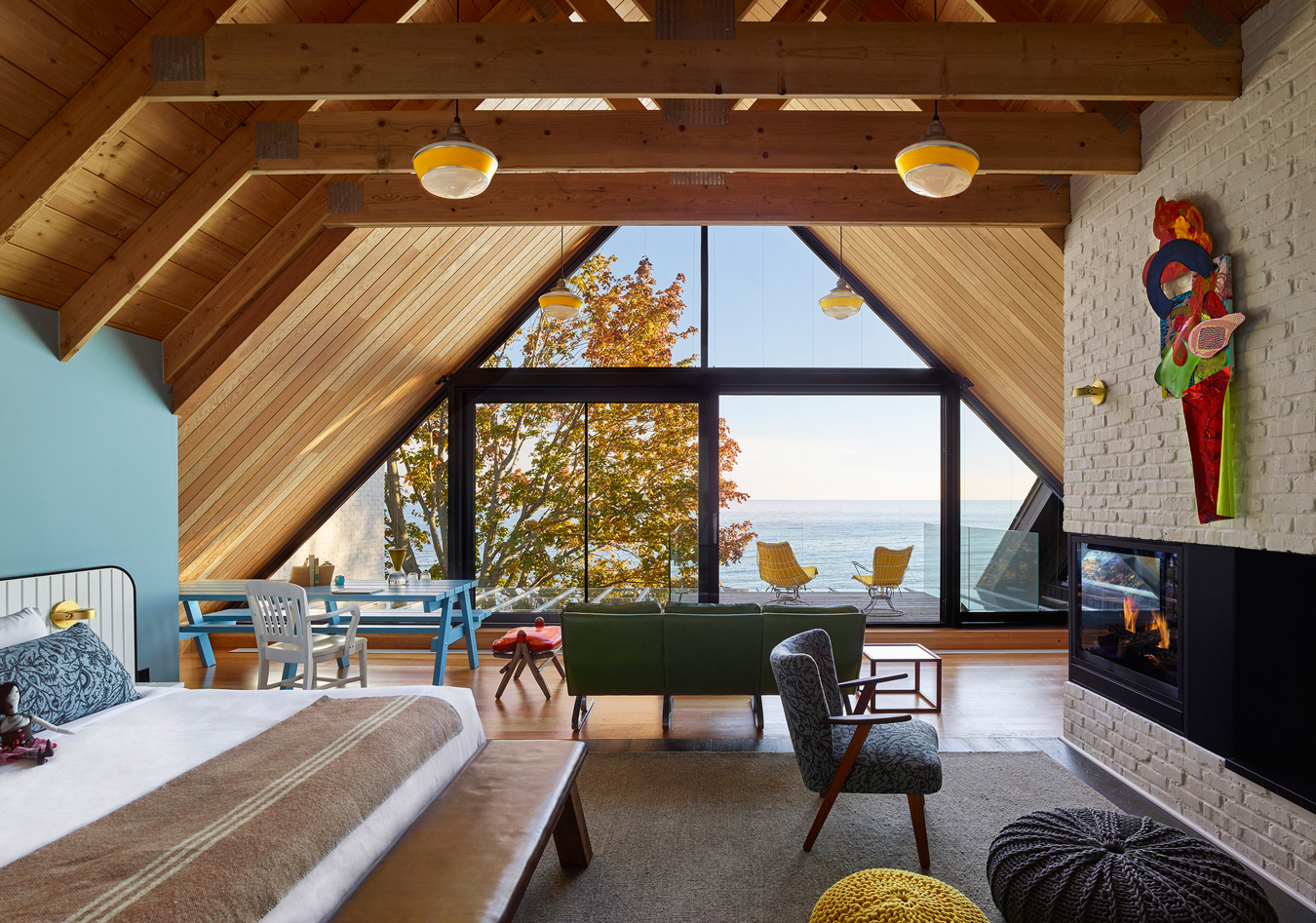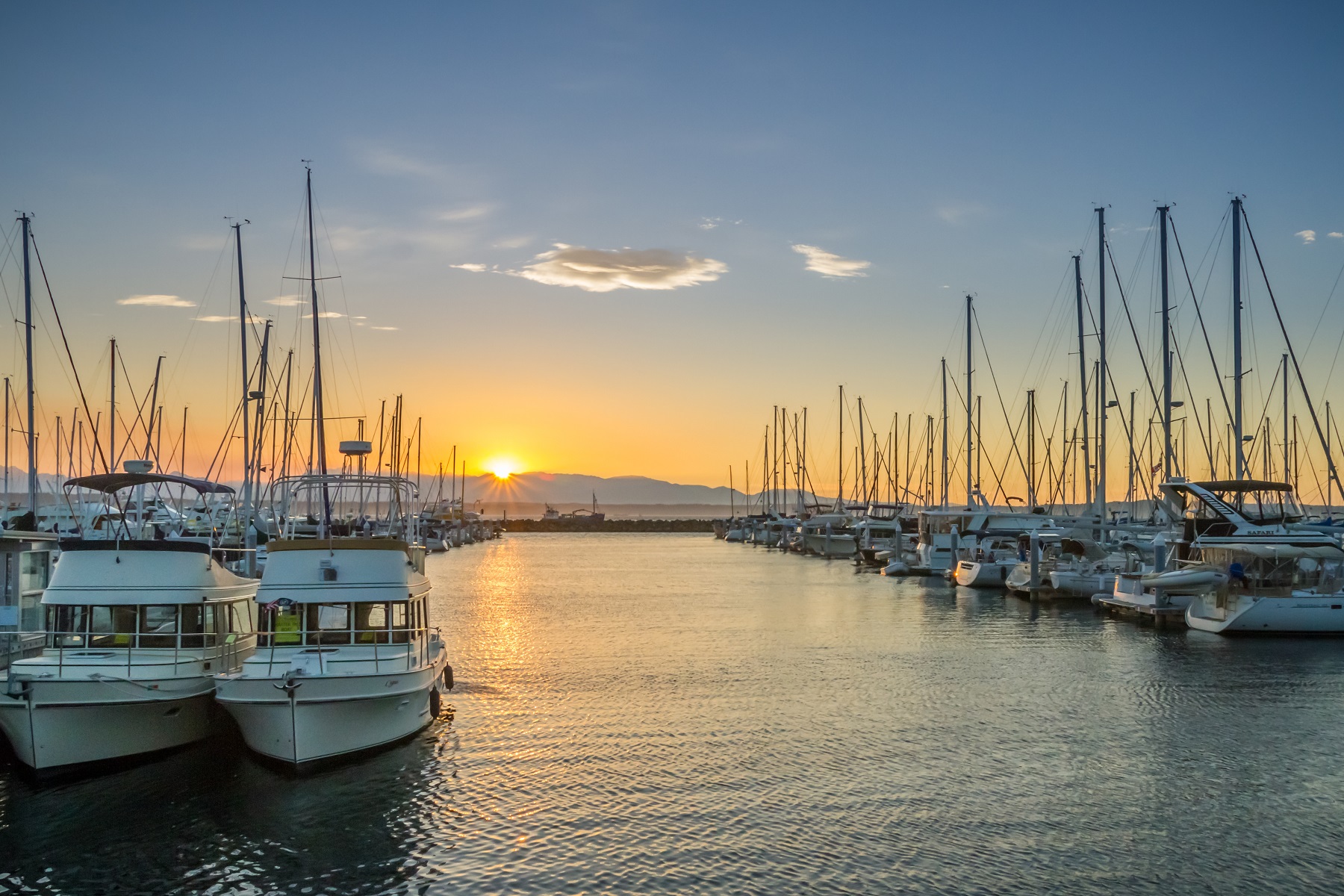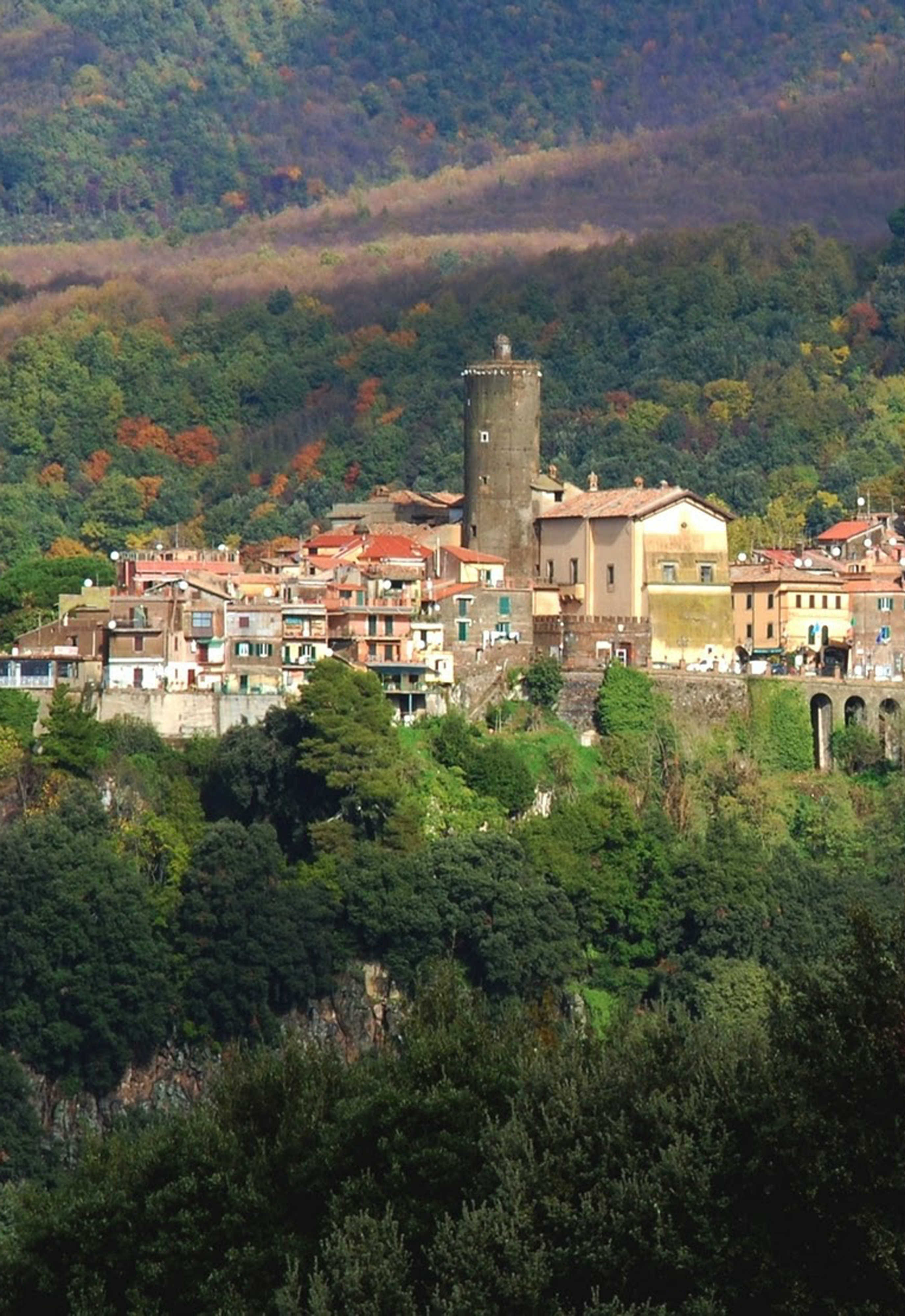-
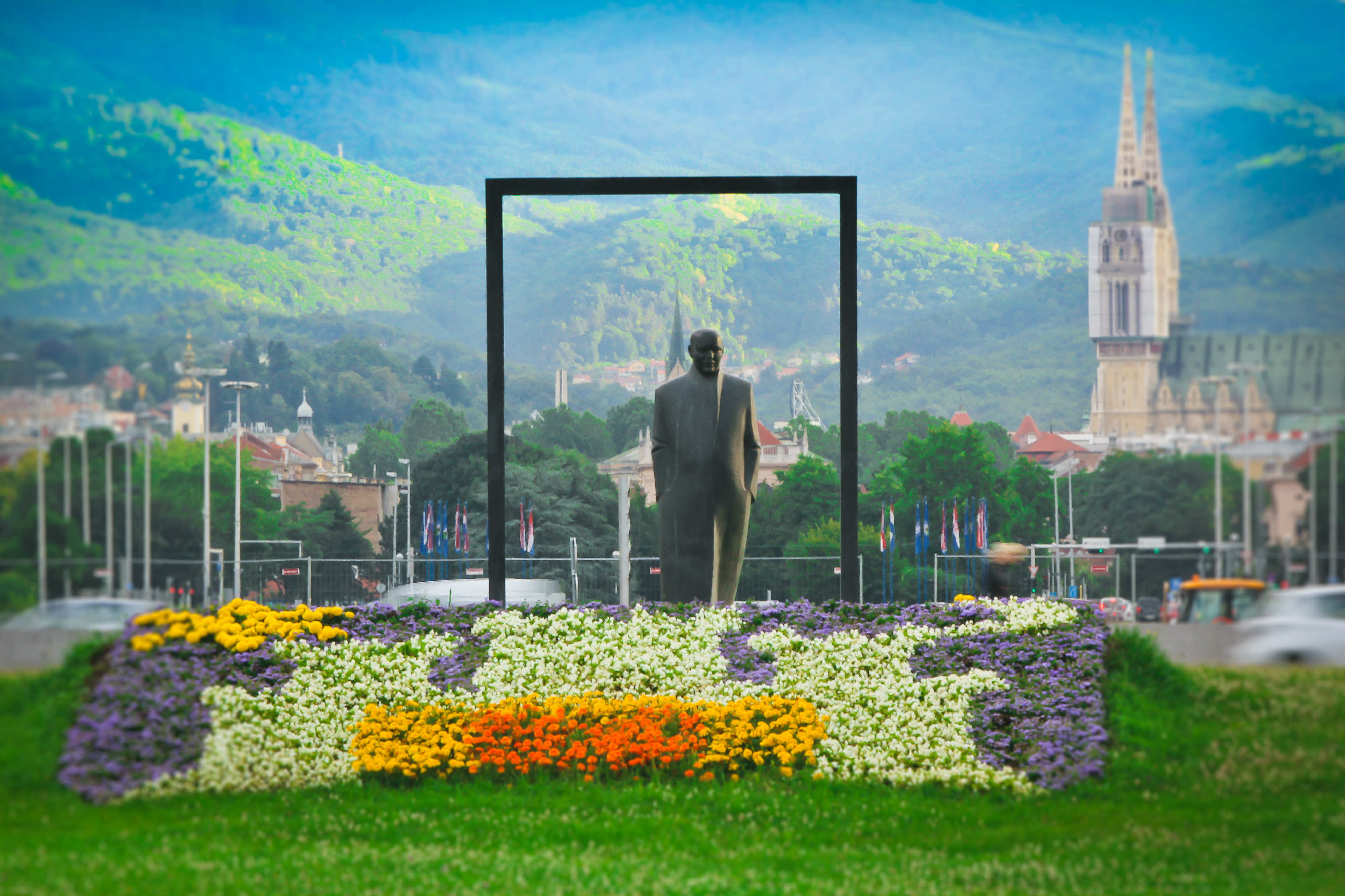
Veceslav Holjevac Avenue.
-
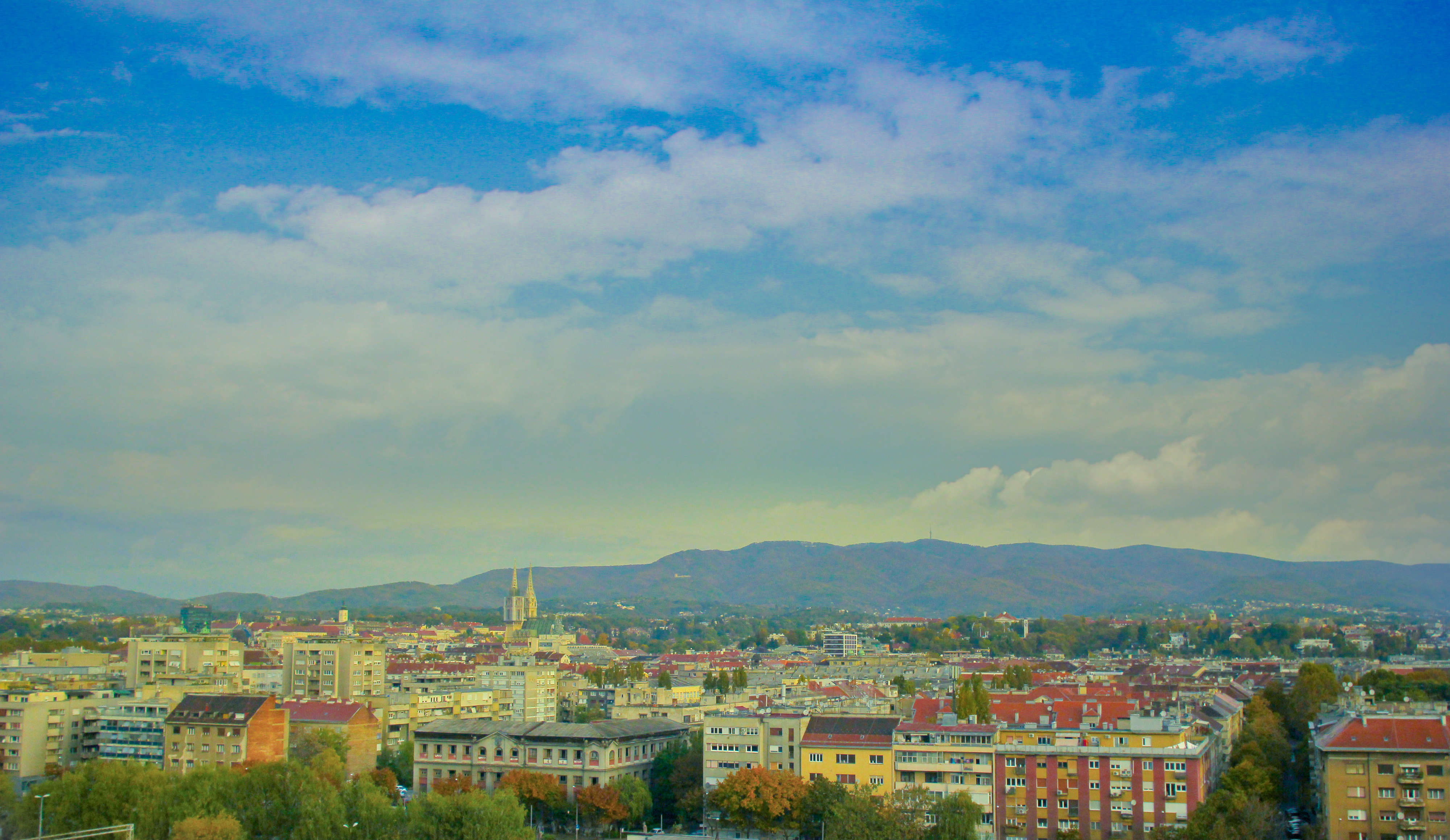
Zagreb is known as the “city with a million hearts”.
-

St. Mark’s Church.
-
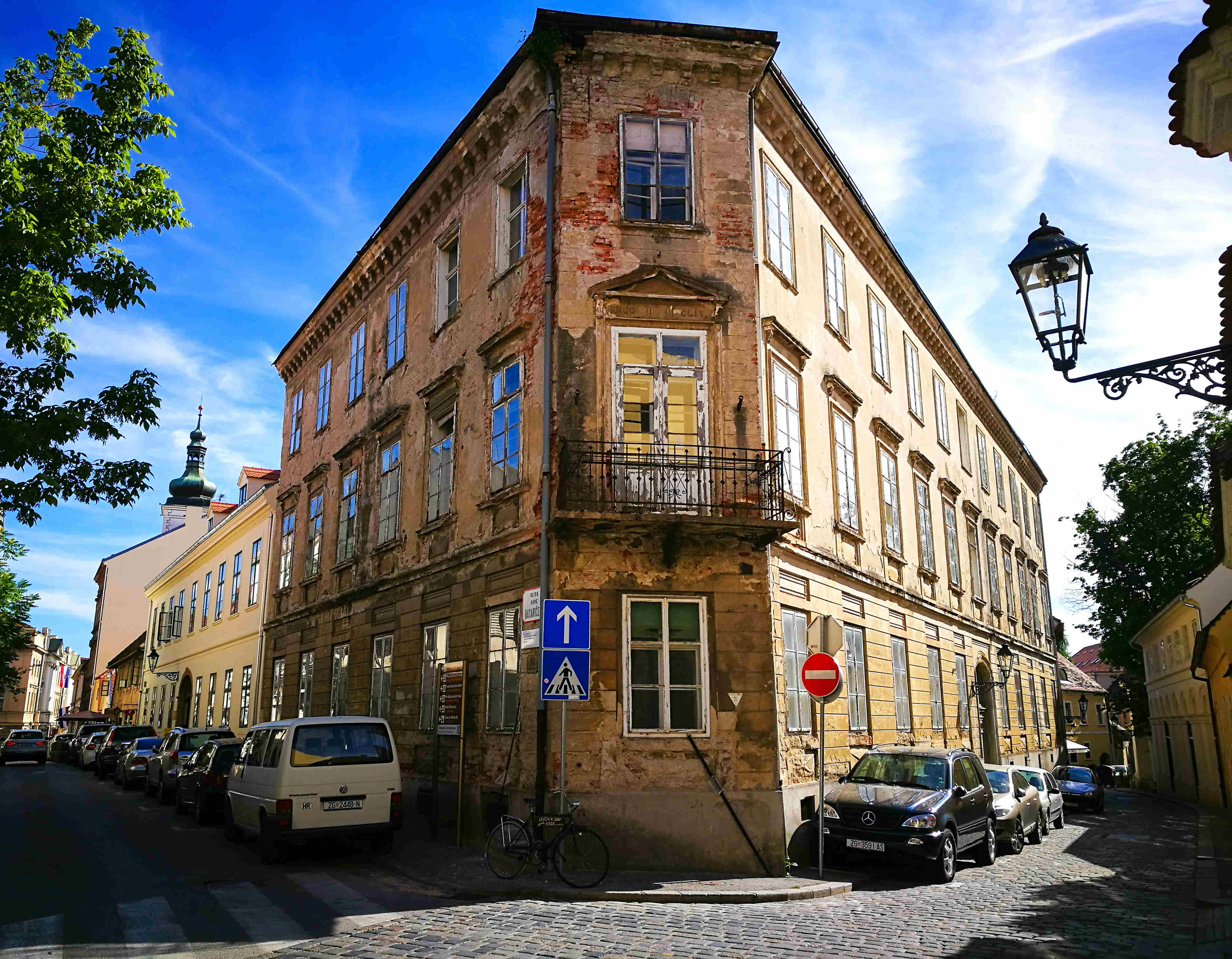
History, architecture, culture, art, and food—all wrapped in one friendly place.
-
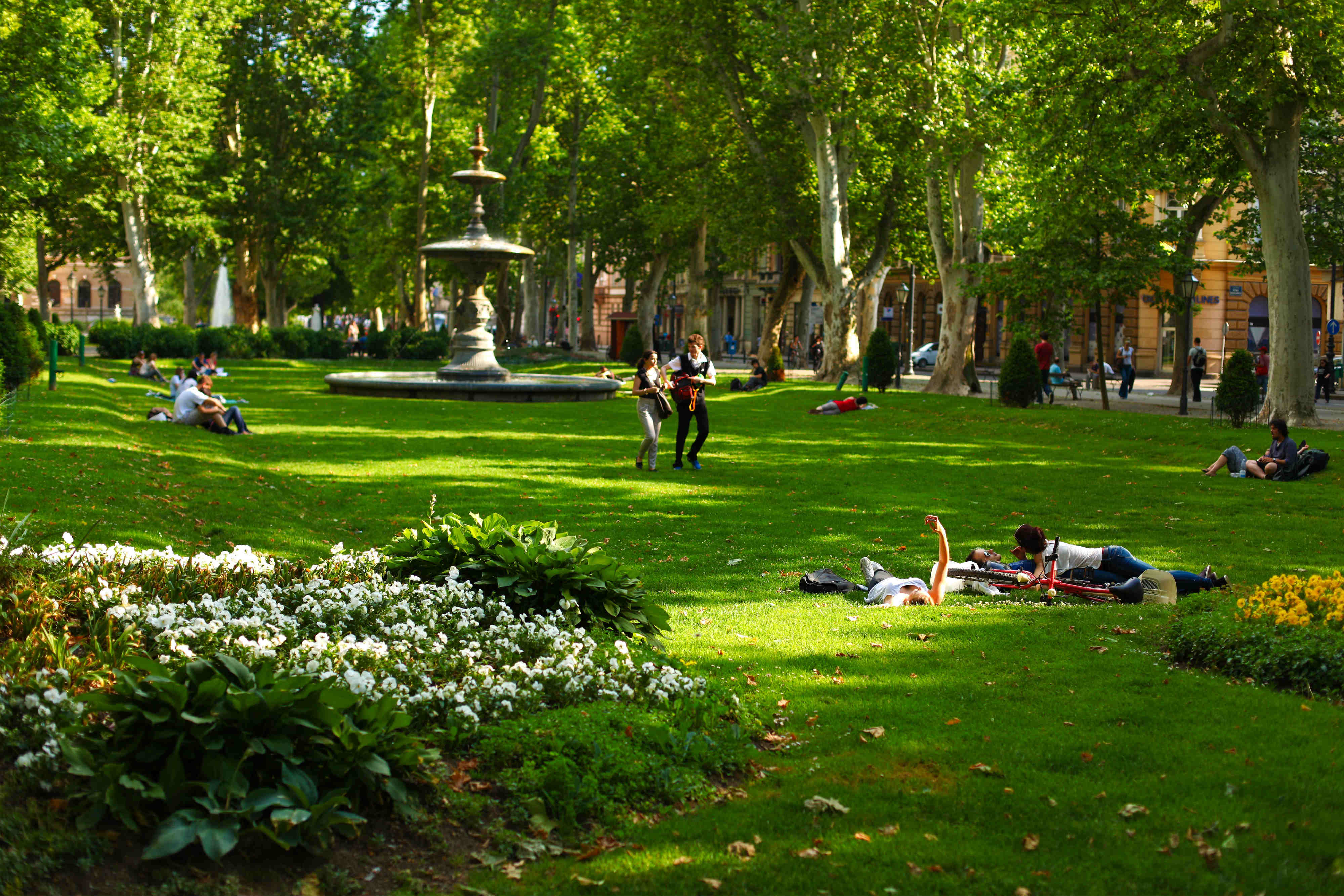
Zrinjevac Park is host to the annual Food Film Festival.
-
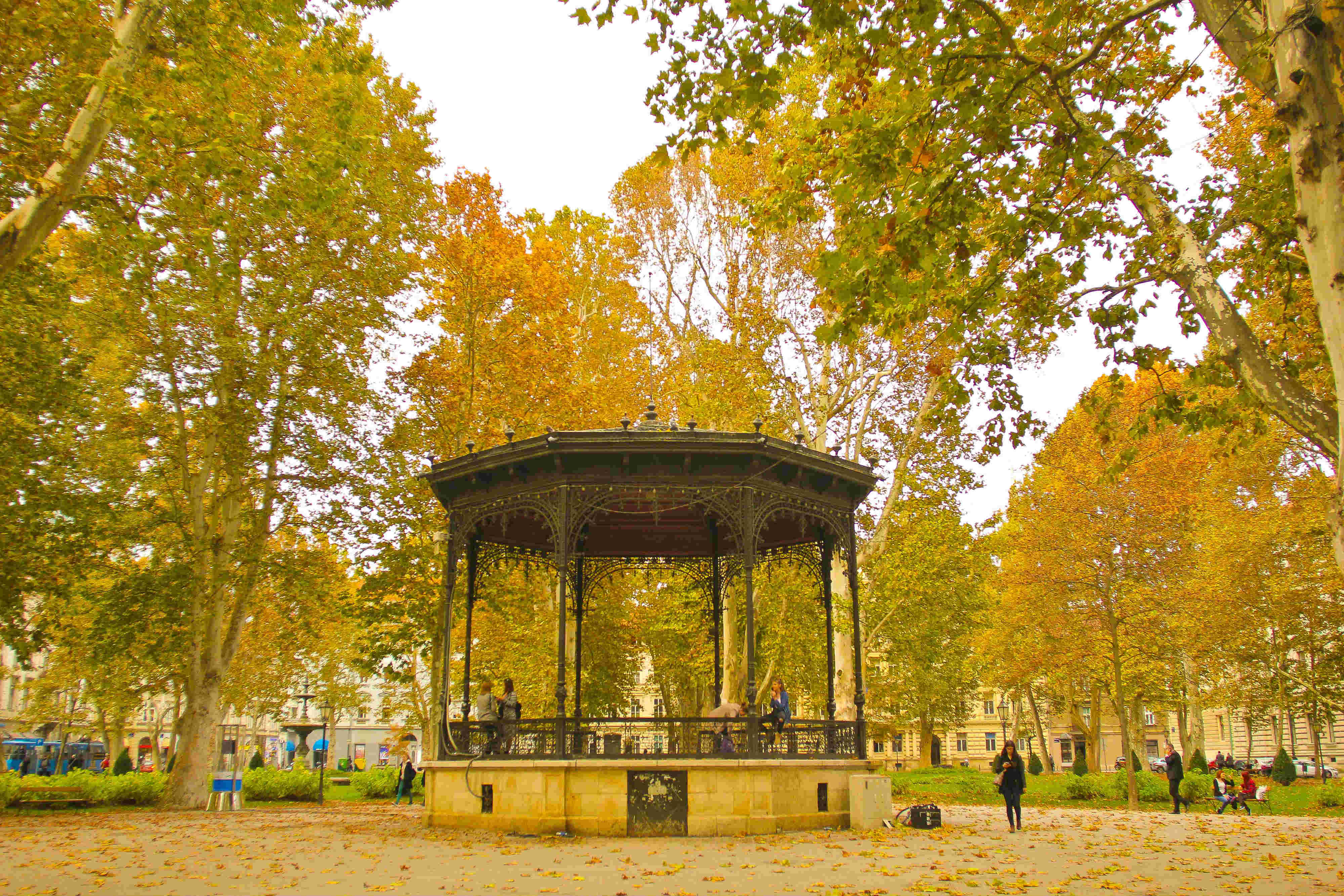
Zrinjevac promenade.
Spending the Day in Zagreb, Croatia
Through the eyes of a local.
One late summer afternoon, we meet photographer and Zagreb local Branimir Matoz by the Croatian city’s iconic Trg Ban Jelačića statue. I’ve been to Zagreb before, but the city never grabbed my attention. This time is different. My husband, daughter, mother-in-law, and I are on a walking tour of Matoz’s hometown, seeing the streets from the perspective of a proud and passionate local.
The experience of exploring a city alongside a local guide is what Toronto-based start-up Lokafy provides—the company espouses being “a participant, rather than just an observer” in new cities. If your obsession is fashion, architecture, or a city’s local music or pastry shop scene, there’s a local Lokafy guide for that. Prior to our in-person tour, Matoz, my husband and I Skyped to discuss our interests and allow him to map out an itinerary. We ask to see hidden gems that define the city, peppered with a few tasty places to sample local eats.
Zagreb has changed a lot since I was here last, about 10 years ago. The city has embraced its own brand of quirkiness. Take, for example, the singular Museum of Broken Relationships (or Muzej prekinutih veza in Croatian), where one can take a vicarious journey through the heartbreaks associated with just about every kind of personal relationship. Letters and mementos from loves lost around the world unite here so harmoniously that in 2011, the museum won the Kenneth Hudson Award for the most innovative museum in Europe.
We don’t have much time to explore Zagreb (it’s a last stop en route home to Canada) so our itinerary for the day is packed. Matoz, later joined by his wife, Evelyn, takes us to see some of the “can’t miss” sights, including the stunning Cathedral of the Assumption of the Blessed Virgin Mary, which has withstood both marauding Tartars and a devastating earthquake in 1880. We walk through the Dolac market and pay tribute to the women who historically worked there by pausing at the bronze statue locals call “Kumica Barica”, before being treated to one of the most picture-perfect vistas in all of Zagreb behind the church of St. Catharine. Appropriately enough, our timing is perfect for the so-called photographer’s “golden hour”, when the sky turns shades of rose gold and nectarine, making all and sundry look radiant. Matoz takes requisite advantage of the lighting, snapping some memorable vacation shots of our group to generously share with us.
Zagreb has changed a lot since I was here last, about 10 years ago. The city has embraced its own brand of quirkiness.
What I took away most distinctly from the experience of having a local tour guide is the powerful stories Matoz told us—particularly one about a stylized, white stone head staring blankly across St. Mark’s square. The sculpture, he says, is in the likeness of Matija Gubec, who “died for his integrity” leading a peasant revolt against feudal lords in 1573. Eventually, feudal forces crushed Gubec’s soldiers and brought him to St. Mark’s square to pay the price for his rebellion. He was gruesomely tortured, his head adorned with a burning crown. But for Croats like Matoz, Gubec remains a national symbol of freedom, of rising against the tide of oppression, and paying what Matoz calls “the ultimate price for his integrity.”
We walk through the recently opened-to-the-public WWII Grič tunnel, exiting the hillside through a bohemian park to find ourselves at the lively Zrinjevac Park just in time for the second annual Food Film Festival Zagreb —and it smells delicious. It’s evening, and food-centric films are being shown freely to people lounging on cozy blankets, enjoying treats purchased from the many local cafés dotting the park’s main square.
Too soon, our time is up. We hug our hosts goodbye, and thank them for their insightful and charismatic tour of Zagreb before retracing our steps to a fun little café Matoz pointed out to us, simply called “Good Food.” We’re on Nikole Tesle Street, lined with cafés, bars, and coffee shops galore. It’s a balmy night, the food is good (as promised), and the ambiance lively. This is a walking city, crisscrossed by sleek trams and adorned with a myriad of hearts (Zagreb is known as the “city with a million hearts”). But when we ask Matoz to define the city’s personality, he simply answers that Zagreb is “the underdog that won and turned into an attraction.” History, architecture, culture, art, and food—all wrapped in one friendly place. What’s not to love?
Photographs by Branimir Matoz

